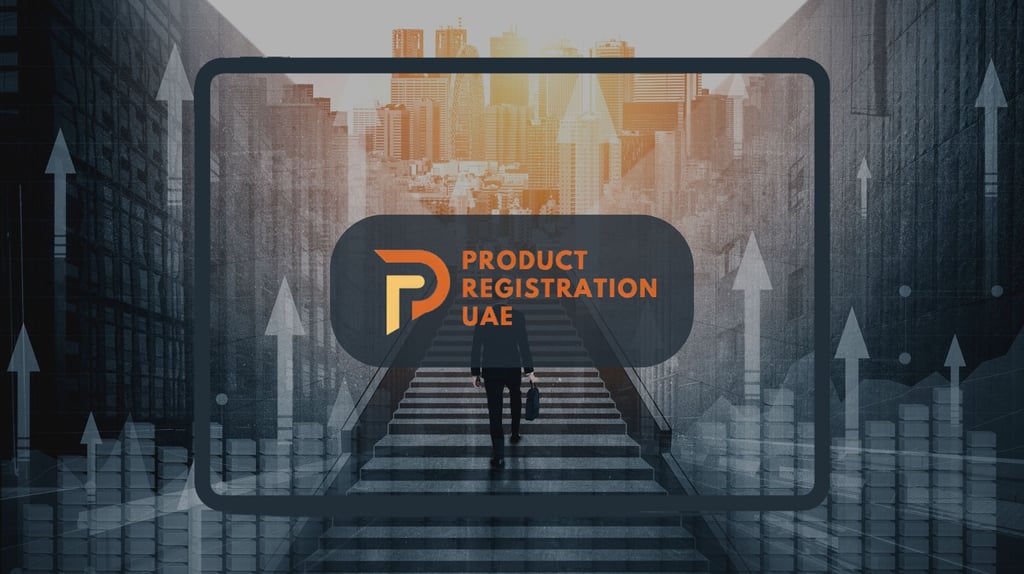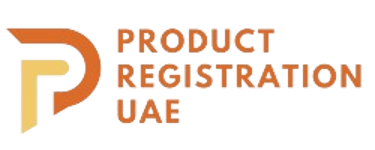UAE Product Registration Strategy: Managed Services
UAE product registration strategy delivered end to end: classification, Arabic labels, dossier build, regulator liaison, renewals—for faster approvals.
9/17/2025
UAE Product Registration Strategy
Built & Managed by Specialists.
Updated: September 2025
If you’re aiming for reliable UAE approvals, you don’t need another “how‑to.” You need a managed strategy that our team builds and runs end‑to‑end—so your dossiers are clean, labels are compliant, and regulator conversations stay on track.
Why This Isn’t a DIY Guide
If you need reliable UAE approvals, you don’t need a tutorial—you need execution. Our team builds and runs the strategy end‑to‑end so dossiers are clean, labels are compliant, and regulator conversations stay on track.
What Makes Our Strategy Different
Outcome‑driven delivery. We do the work. Your team doesn’t have to master portals, memorize circulars, or re‑format labels. We align classification, assemble a UAE‑ready file, and handle authority exchanges until approval.
Category specialists. Cosmetics, supplements, food & beverage, detergents/disinfectants, and medical products follow different pathways. We assign category leads who know the norms, red flags, and preferred evidence for each authority.
Predictable timelines. Our 30/60/90 engagement model sets expectations, milestones, and owners—so you can plan launches with confidence.
Problems We Remove
Misclassification risk → We validate the correct pathway (Dubai Municipality, MOHAP, MoIAT/ESMA) and align evidence accordingly.
Label non‑compliance → we produce reviewer‑ready Arabic/English label sets with approved claims and mandatory phrasing.
Dossier gaps → we compile and quality‑check CFS, GMP/ISO (when needed), ingredient disclosures, and supporting evidence.
Portal friction → we populate submissions, format responses, and reference circulars to reduce clarifications.
Timeline drift → we run a response SLA and an issues log to keep the file moving.
Our Managed Approach
1) Strategy & Scoping
Confirm category and authority.
Map required evidence and translations.
Define milestones and risks.
2) Label & Evidence Preparation
Create Arabic/English label artwork aligned to UAE requirements.
Compile dossier materials (CFS, GMP/ISO if applicable, ingredient disclosures, testing where relevant).
Validate claims and warnings to avoid re‑classification triggers.
3) Submission & Regulator Liaison
Prepare the forms and technical attachments.
Manage portal submissions and all Q&A with authorities.
Provide numbered, complete responses that reference the right rules.
4) Post‑Approval Support
Track renewals and controlled changes (artwork, pack size, formula).
Maintain an approval dossier and change‑control history.
Coordinate importer/on‑shelf compliance activities.
You receive a concise status dashboard: what’s submitted, pending, and approved.
Where Clients See the Biggest Wins
Cosmetics
Correct INCI, dual‑language warnings, and claim alignment reduce queries dramatically.
Supplements
Clear dosage and MOHAP warning structure, plus credible ingredient evidence, raise first‑time success.
Food & Beverage
Shelf‑life format, additive naming, and allergen mirroring in both languages cut back‑and‑forth.
Detergents & Disinfectants
Localized SDS, hazard phrasing/pictograms, and storage/disposal statements unlock smoother approvals.
Service Deliverables (We handle end‑to‑end)
Before submission
Classification sign‑off and authority pathway confirmed.
Arabic/English label sets produced to UAE standards (claims, INCI, warnings, shelf life, importer details).
Dossier compiled and QC‑checked (CFS, GMP/ISO where applicable, ingredient disclosures, testing where relevant, legalized copies).
Submission pack assembled with numbered attachments and cross‑references.
During review
Portal filing managed by our team.
Clarifications answered within agreed SLAs, referencing circulars and prior correspondence.
Status dashboard maintained (submitted, pending, approved), with risks and mitigations clearly noted.
Change control is applied to any artwork/formulation updates.
After approval
Approval dossier archived and shared.
Renewal timetable set.
Importer/on‑shelf compliance coordination (as agreed).
Optional MENAT alignment plan for next markets.
Communication & Accountability
Single point of contact: a category lead who owns your file.
Weekly status note: what moved, what’s next, any asks from authorities.
SLA‑driven responses: we commit to turnaround times for queries and document updates.
Issue log: visible record of questions, decisions, and evidence provided.
Proof of Impact (Concise Case Notes)
Cosmetics brand launch: label localization + INCI correction cut clarifications to one round; approvals completed ahead of shelf reset.
Supplements portfolio: MOHAP warning structure and dosage clarity turned a prior refusal into approval; subsequent SKUs cleared faster off the same template.
Detergents line extension: localized SDS and hazard phrasing eliminated repeat queries; client scaled to MENAT with minor label variance.
KPIs We Report
First‑time approval rate
Query count and closure time
Document/portal mismatch rate
Post‑approval change volume.
Engagement Options
Single‑SKU Launch — fast‑track build, submit, and approve a priority product.
Multi‑SKU Program — batch dossier build and phased submissions for a category line.
Market Expansion — UAE first, then MENAT markets with aligned labels and evidence.
FAQs
Do I need to prepare the dossier myself?
No. We lead dossier compilation and quality control. Your role is to provide source documents; we complete what regulators expect.
Can you fix files that were already rejected?
Yes. We audit the refusal, correct classification/labels/evidence, and resubmit with a concise change note.
How long do approvals take?
Clean files commonly clear within 2–8 weeks, depending on category and queries. We manage timelines and responses.
Will my team still have to use the portal?
Not unless you prefer. We prepare, file, and manage communications, then report progress in your dashboard.
Need help?
Use the chatbot (bottom‑right corner) or contact us for a quick assessment. We’ll align your documentation, labels, and submission path to UAE expectations.
Further Reading
Advanced Strategies for 2025: Discover how businesses can leverage future-ready compliance strategies to thrive.
Key Insights into MENAT Product Registrations: Learn how to navigate the regulatory landscape in MENAT.
Implement stakeholder engagement strategies to drive business growth in 2024.
Discover key insights in 2025 Trends & Compliance Tips for UAE product registration.
Catch compliance issues before submission — see how gap analysis saves time and approvals.




